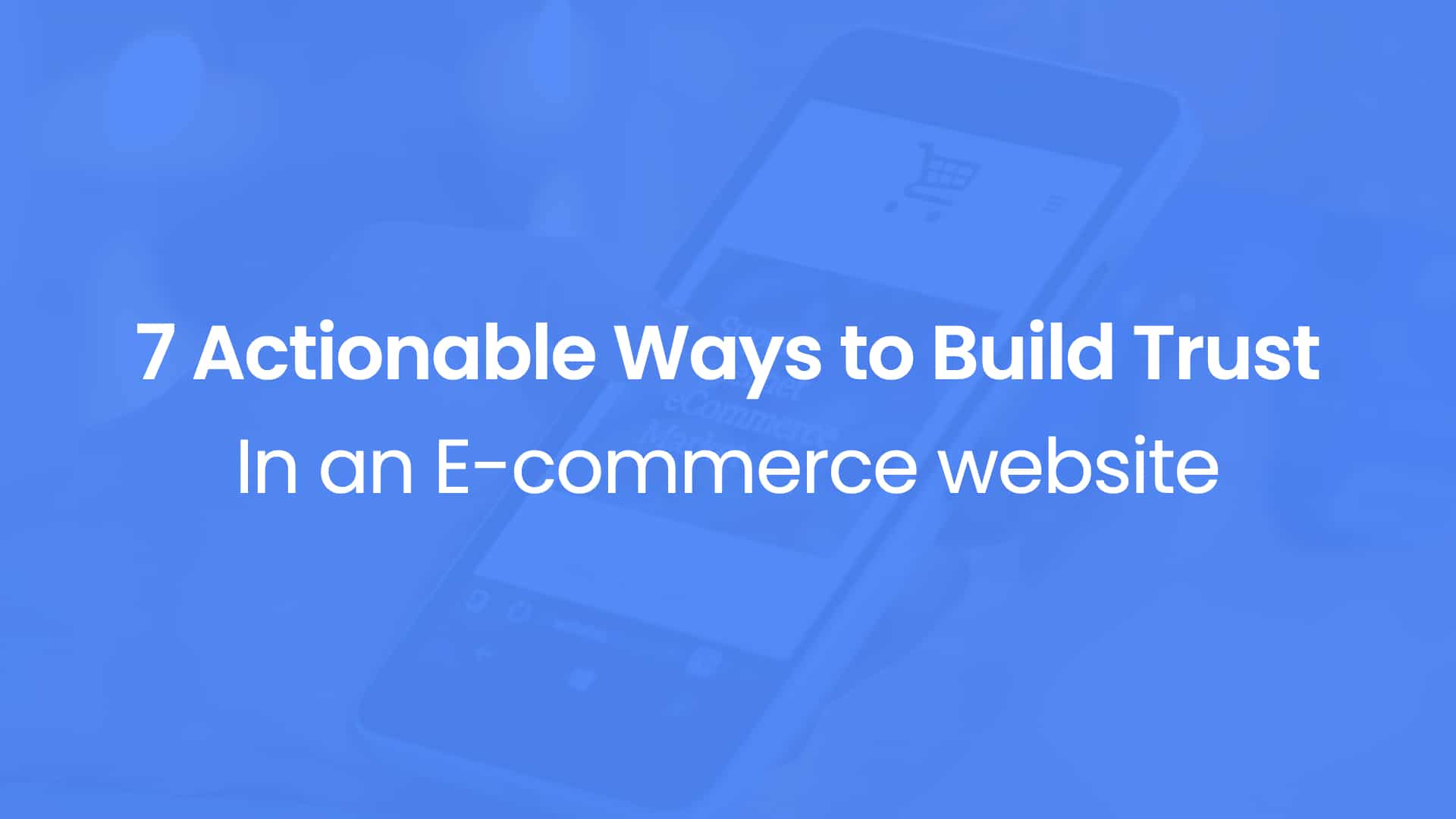Step 5: Launch and Market Your Business
Pre-Launch Preparation
Successful launches require careful preparation and systematic testing. Create a comprehensive checklist covering website functionality, payment processing, inventory levels, and customer service procedures. Test every aspect of the customer journey from product discovery to order fulfilment.
Build anticipation through social media and email marketing before your official launch. Create behind-the-scenes content that shows your preparation process and highlights what makes your products special.
Prepare customer service procedures and frequently asked questions documents. Quick, helpful responses to customer inquiries create positive experiences that encourage repeat purchases and referrals.
Question for Expert:
What lessons have you learned from a previous e-commerce launch that did not go as expected? Any tips for handling unexpected challenges?
Expert response:
During a launch in 2022, our checkout system failed for mobile users due to a missed compatibility bug. We only discovered the issue after receiving complaints via social media. This taught us the importance of conducting full-device and browser testing before going live. Now, I run a pre-launch checklist that includes testing across multiple devices, load testing during peak hours, and simulating complete customer journeys. I also soft-launched to a small group for feedback before the full rollout. Ensuring customer support is live and responsive during launch day is essential, as quick fixes can salvage early user trust.
Digital Marketing Strategies
Search engine optimisation (SEO) provides long-term traffic growth by improving your website’s visibility in Google searches. Research keywords your target customers use and incorporate them naturally into product descriptions, blog posts, and website content.
Social media marketing builds brand awareness and customer relationships. Choose platforms where your target audience spends time rather than trying to maintain a presence everywhere. Instagram works well for visual products, while LinkedIn suits B2B services.
Pay-per-click advertising through Google Ads and Facebook Ads provides immediate traffic and sales opportunities. Start with small budgets to test different ad formats and audiences before scaling successful campaigns.
Email marketing generates the highest return on investment among digital marketing channels. Collect email addresses through newsletter signups, free resources, and purchase incentives. Send regular updates featuring new products, special offers, and valuable content.
Performance Monitoring and Optimisation
Analytics tools provide insights into customer behaviour, traffic sources, and conversion rates. Google Analytics offers comprehensive free tracking, while platform-specific analytics show detailed sales data and customer demographics.
A/B testing helps optimise website elements for better performance. Test different product images, descriptions, pricing strategies, and checkout processes to identify what drives more sales.
Customer feedback guides product development and service improvements. Encourage reviews through follow-up emails and incentive programmes. Address negative feedback promptly and professionally to maintain your reputation.
Building Long-term Success
E-commerce success requires continuous adaptation and improvement. Markets evolve rapidly, customer preferences change, and new competitors emerge regularly. Successful businesses stay flexible and responsive to these changes while maintaining focus on customer satisfaction.
Financial management becomes increasingly important as your business grows. Track key metrics like customer acquisition cost, lifetime value, and profit margins. These insights guide decisions about marketing spend, pricing strategies, and growth investments.
Consider expanding your product lines or entering new markets once you establish profitable operations. However, maintain focus on your core strengths rather than diversifying too quickly.







Reader Interactions